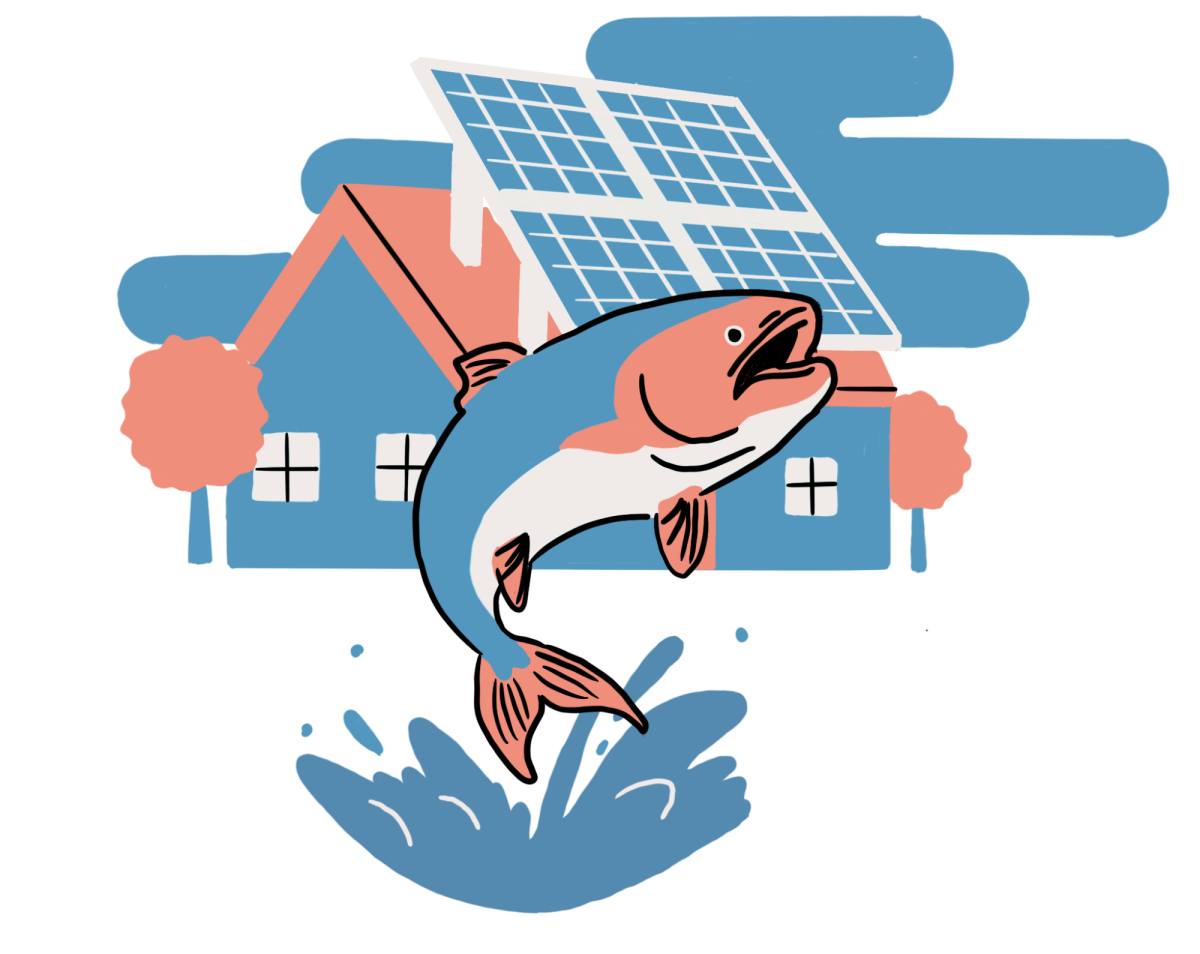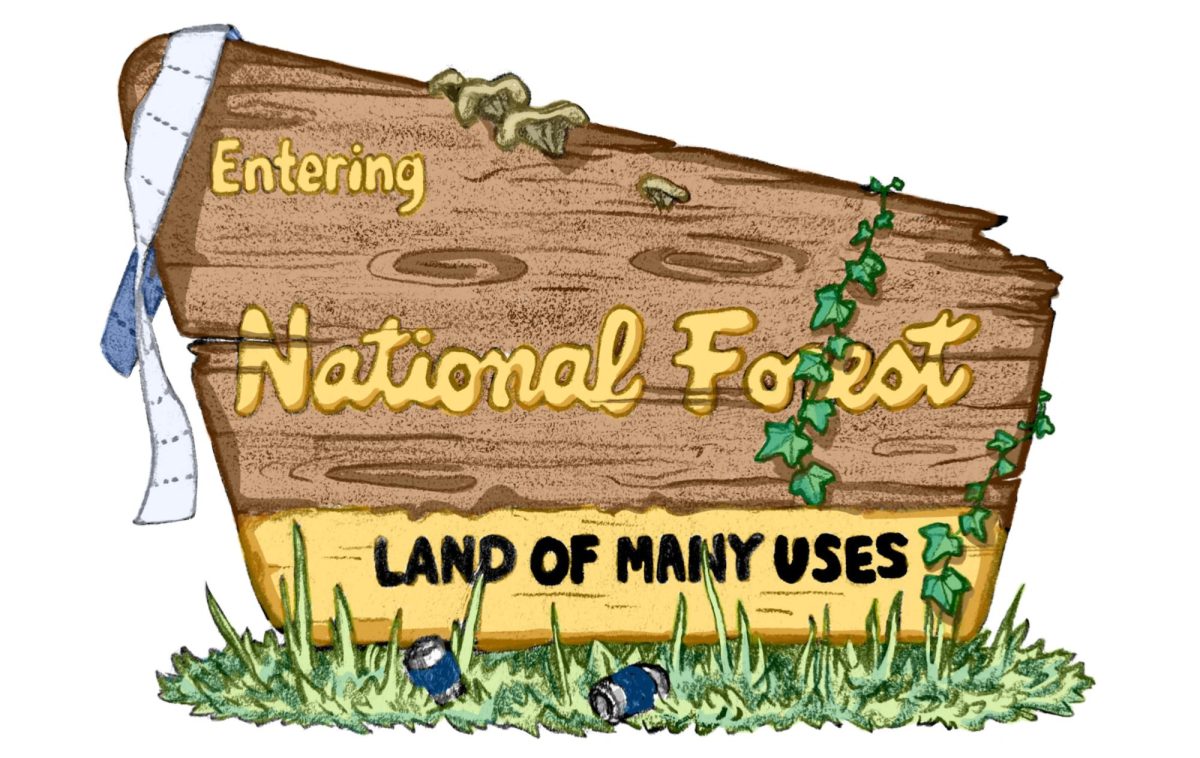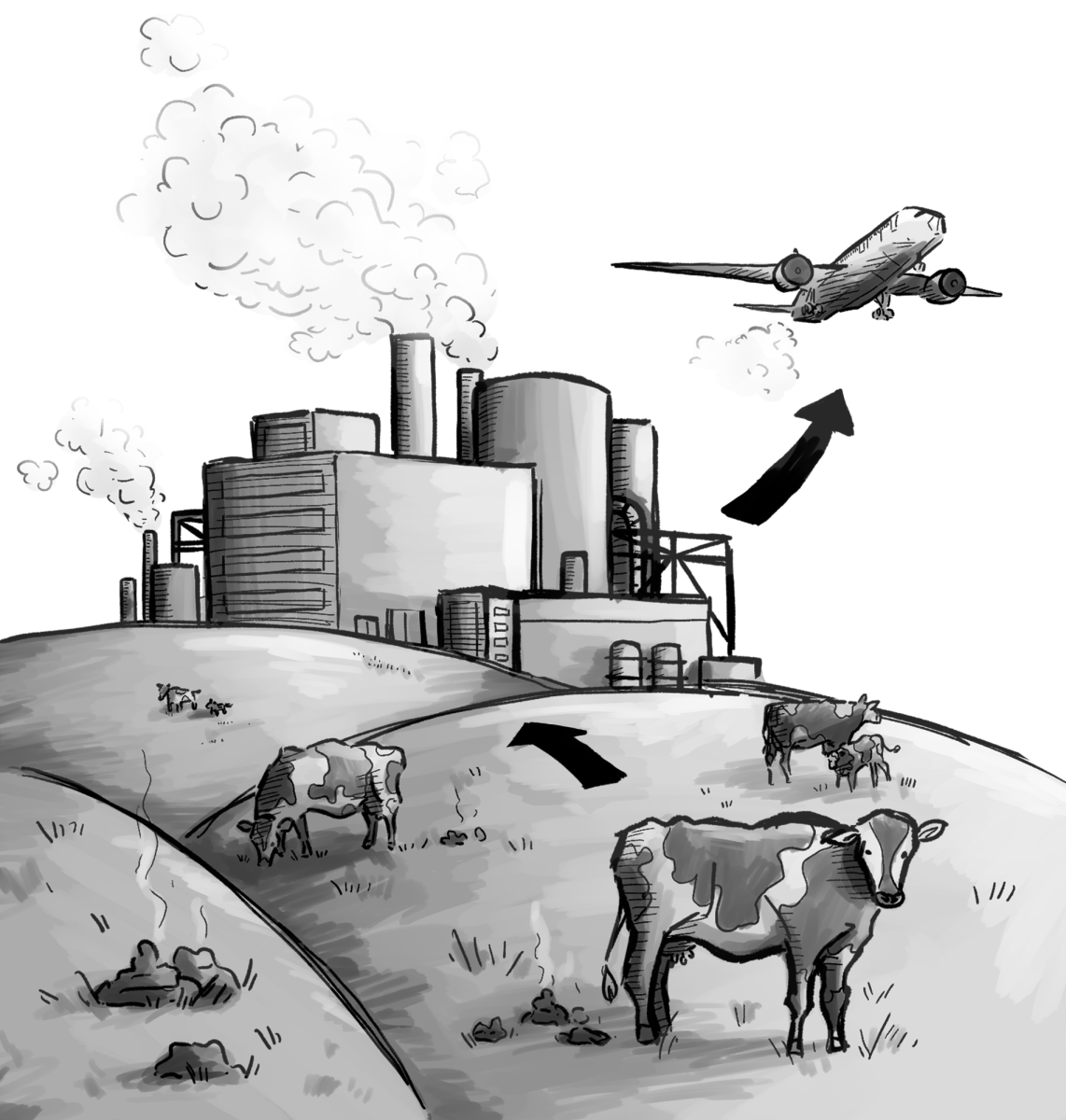
In recent years, multiple cases of legal action against governments for violating human rights have arisen in response to climate change. Human rights — and in United States courts, constitutional rights — are the central legislation being interpreted to argue these cases. One common theme amongst these cases is that, in large part, they are led by children. Children and young people are affected differently than adults by natural disasters, pollution, temperature rise and disappearing resources. According to the CDC, climate change can both create and exacerbate health conditions, and age is a main factor putting people at higher risk. Youth are not only the people who will have to live in these extreme environments in the future, but they’re more susceptible to harm in the present. Identifying those harms relative to children, and calling them to the attention of governments, has become an important avenue for climate activists.
Experiencing the effects of climate change is not uncommon, and the accounts are becoming more and more concerning as the situation progresses.
Sophomore Ian McClelland spoke about his experience growing up in Port Aransas, Texas.
“There was one summer there where the ocean water in the Gulf where I lived got so warm that it felt like bath water. It was disgusting. You’d be out swimming and you’d be too hot,” McClelland said.
He also commented on the increasing frequency of red tides, a harmful algae bloom correlated with rising air temperatures, often growing out of control and producing toxic effects on humans and marine life. As McClelland grew up, the smell of the algae on the beach often made him cough. Excess dead fish that choked on the algae made matters worse.
To address unhealthy environments like in the Gulf, 18 children in California brought a suit called Genesis B v EPA against the Environmental Protection Agency on Dec. 10, 2023. The children claim that their constitutional rights have been violated, as the EPA has failed to protect them from the effects of climate change.
This lawsuit, as well as similar arguments made by other youth organizations, contends that a safe and healthy environment is a constitutional right. They are suing the EPA because that right is being violated due to specific discrimination against them as children.
The plaintiffs claim that, “By and through its exercise of control over climate pollution, EPA discriminates against children as a class by treating their lives as less valuable than adults, using discount rates that devalue the benefit to children of controlling climate pollution, and undervaluing the hardship EPA’s policies will have on children in the coming decades.”
They use the specifics of the Fourteenth Amendment to the U.S. Constitution, citing the constitutional guarantee, “…that no person or group of people should be denied equal protection of the law that has been enjoyed by similarly situated people or groups of people.” The Constitution’s vague language means that it can be interpreted in a variety of ways. The flexibility provides opportunities to adapt the law to meet new demands.
Ione W, a 12-year-old plaintiff in the Genesis B case, commented on how they hope the world will see the effects of their case.
“My hope is that the rest of the world will see the Genesis plaintiffs and realize that while the climate crisis is a global issue, our voices matter and young people can create change,” Ione said in an email to The Wire.
The basis of the argument used in Genesis B is seen in a related case, Held v State of Montana, the first-ever constitutional climate trial in the U.S. The landmark case concluded with the First Judicial District Court of Montana ruling entirely in favor of the 16 youth plaintiffs who brought the case forward.
Held argued that the children’s rights to equal protection, dignity, health, safety and liberty were being eroded by specific state laws. In doing so, the plaintiffs reimagined constitutional rights written more than 200 years ago to issues specific to today. The same arguments are being made in ongoing litigation in Genesis B v EPA.
The plaintiffs in the Montana case did not seek money in this case and instead declared that Montana state laws prohibiting the consideration of greenhouse gas emissions in the fossil fuel industry’s effects on climate change were unconstitutional. The decision served to reverse past policy promoting the use of fossil fuels. This successful employment by youths of existing rights found its mark, creating change for people across Montana.
Similar movements are popping up across the United States, calling for state governments to take firmer legislative action against climate change. In various state constitutions, this has resulted in an addition known as a “green amendment.”
Maya K. van Rossum, the founder of the Green Amendment movement, claims that existing legislation — the kind used in Genesis B v EPA and Held v State of Montana — is ultimately ineffective, as it exists under a system of laws that allows pollution.
“Until now, communities and activists have relied on federal and state legislation to fight for a cleaner environment. And they have been fighting a losing battle. Because the sad truth is, our laws are designed to accommodate pollution rather than prevent it,” van Rossum said in an email to The Wire. “As a result, people feel powerless when it comes to preserving the quality of their water, air, public parks and special natural spaces … But there is a solution: bypass the laws and turn to the ultimate authority — our state and federal constitutions.”
These green amendments have been officially adopted by the states of Pennsylvania, Montana and New York, and have been utilized to stop environmental harm from taking place. For example, a law that would have expanded fracking in Pennsylvania was struck down as a result of Pennsylvania’s Green Amendment.
But going through the time and effort to pass a green amendment in every U.S. state, or nationally, may not be necessary. Not only have existing laws been effective in protecting the rights of children in the United States, but they have been effective on a global scale as well.
The internationally recognized UN Convention on the Rights of the Child has provided interpretive material for youth to raise concerns about climate-related violations of their rights.
Martin Wagner ‘83 was the first lawyer to connect human rights and climate change in a legal setting. He currently serves as the director of Earthjustice‘s international programs.
“The UN Convention on the Rights of the Child is an international treaty that recognizes that human rights apply in a particular way to children and young people … young people are affected differently,” Wagner said. “Young people are more vulnerable in many instances to violations of human rights, and young people are going to be affected for a longer period of time. The Convention on the Rights of the Child is saying, yes, human rights apply to everyone, and we need to recognize that they apply uniquely to children.”
Wagner has been working on a petition brought to the UN by 16 young people called The Communication to the Committee on the Rights of the Child, outlining how their human rights are again being violated by the failure of multiple nations to actively address the climate crisis. The mobilization of youths and the application of existing rights is again employed in climate activism, garnering attention on a global scale. There seems to be something specifically motivating about children and young people in moving governments to change.
“We have, I believe, a biological impulse to protect children,” Wagner said. “They are the continuation of our genetic heritage, of our cultural heritage, and so when children bring to our attention that they are threatened, I think it strikes a deep chord in us emotionally, but also probably biologically. I think that makes petitions like this especially powerful, and as much as they try to act objectively, judges are human beings as well.”
The platforming of children and their suffering has brought international attention to the multiple climate movements, including the petition to the UN.
In the past 10 years, countless movements and protests have popped up globally, with youths like Greta Thunberg practicing civil disobedience and protest to call attention to climate change and its subsequent effects. Seeing children is commonplace in climate protest, but the steady arrival of children in legal action has provided a new duality to climate movements.
Although the legal system is an important route to change, Wagner also values the role of civil disobedience.
“Every avenue is essential … I think when children speak up in particular, it carries a lot of weight. People listen to children, people I think are moved when children talk, when children step up in a way that we think of as an adult kind of way to speak about their concerns and to call on adults to act. Those kinds of demonstrations carry some important weight,” Wagner said. “Similarly, you can achieve things through a successful court victory that you can’t achieve marching in the streets because the court can actually force a government or a company to take certain actions.”
These serve as specific and tangible examples, both on the national and international scale, of how effective emphasizing human and children’s rights can be in the fight against climate change. Almost all of their effectiveness is because of existing laws, not the creation of new ones.
“Our successes almost never come through the application of climate law,” Wagner said. “But they come through the application of these other kinds of laws. So, we point to a coal mine and we show how it contaminates the local environment and causes health problems in the local communities. Those things violate the local laws about environmental health or public health, and those actions then result in slowing down or shutting down these facilities, which results in less emissions in the atmosphere.”
Although some advocates point towards universal laws protecting a stable climate, Wagner has concerns about its possible success.
“Sometimes I think that people are looking for a sort of hit-the-ball-out-of-the-park, one-single-solution kind of outcome,” Wagner said. “And while that would be really nice, and I really love that there are groups that are trying to do that, I think that the most change so far has happened through these kinds of smaller actions that are targeting specific emitters and specific sources of greenhouse gasses.”
The question then becomes if introducing new legislation is worth it.
A green amendment — either nationally or internationally — might not produce the kind of enforcement on greenhouse gas emissions that activists are looking for.
To make substantial change in the climate crisis, reapplying pre-existing legal statues may be the answer. To affect change, we must think specifically to address the problems that are most pressing.







